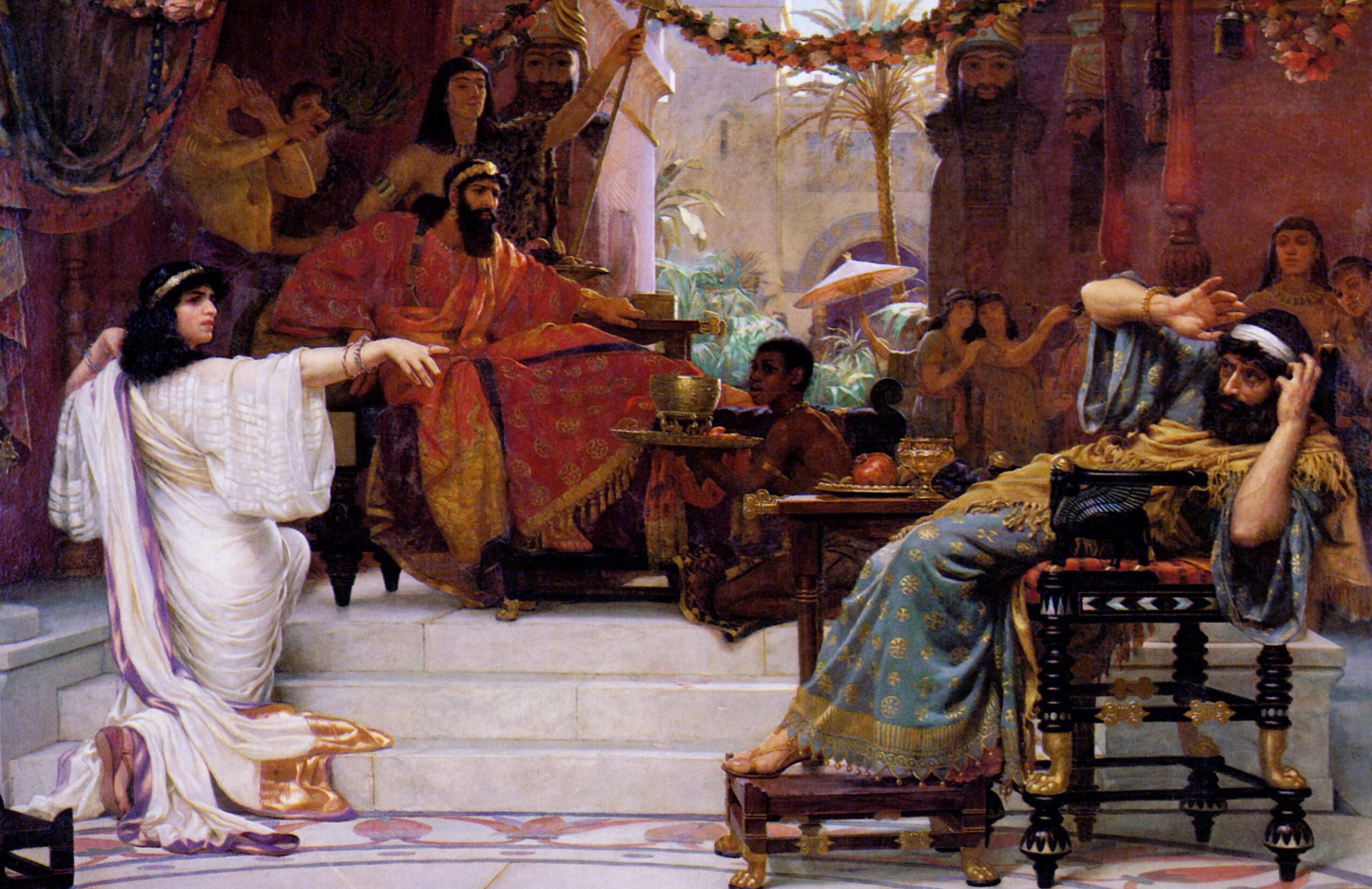
Honoring Queen Esther’s Secret Self
As it does for many an ardent feminist, Purim holds great importance to me.
I love Queen Esther’s story so much, in fact, that when I converted to Judaism several years ago, I took the titular character’s name in homage to her bravery in the face of adversity.
Well, to be precise, I took what is believed to be Esther’s given name: Hadassah. Though generally supportive, my Rabbi seemed a little surprised by this, and – in a tone that suggested genuine curiosity – inquired why I went with Hadassah over Esther.
I don’t remember exactly what I said to him, but I do remember having a difficult time articulating why it was important to me to go with Hadassah instead of Esther. At the time, it was more of a feeling I had, but as the years have gone by, each Purim I reflect on this decision more and more. This year, with some unlikely help from Greta Gerwig’s film Barbie, I finally have the words to explain why honoring Queen Esther with the name Hadassah is so important to me.
For starters, there are some plot points in the Megillah that touch a bit of a nerve with me.
The Scroll of Esther, for instance, shares practically nothing about the personal life of the woman whose name it bears. We are told that she is an orphan taken in by her father’s cousin, Mordechai: an important fact, sure, but there is so much I wonder about this dynamic. Was she happy with this arrangement? How old was she when she went to live with Mordechai? What was the precise dynamic of their relationship? How did she feel about having to enter into the King’s fairest-maiden-of-them-all contest? Was she afraid to leave her home? Excited for a new life?
Additionally, the Megillah constantly uses terms like “orders” and “commands” to describe how Mordechai interacts with his niece, even after she’s been accepted into the King’s court. Yet, when the situation with Haman escalates, he essentially leaves her high and dry to figure out the logistics of a plan to save the Jews by herself. I always wonder what she must have been feeling as she came up with her plan. Was it thrilling to pull one over on Haman and the King? Terrifying? Did she have anyone inside the palace walls in whom she confided? Or was she simply surrounded by a nest of vipers?
It’s also significant to me that Esther doesn’t speak at all until almost halfway through the Megillah. For the first few chapters, she is voiceless.
Of course, when she does finally speak, it is powerful. In a situation where she had little agency, Queen Esther found a way to speak up for her people at great risk to herself. It’s no wonder that she’s become something of a Jewish-feminist icon.
Coming from a background in Academia, so much of feminist criticism involves reclamation work: reclaiming women’s voices from archives that, historically, were dominated by men. This, to me, gets at exactly why I took the name Hadassah instead of Esther. To me, the name “Esther” is bound closely with the male-centric telling of her story – the one that glosses over her as an individual.
It’s a dynamic that has been a significant part of the female experience: talented, brave, hardworking women expected to perform to ridiculous standards while also navigating minefields of masculine ego and power. From the Persian Empire to twenty-first-century America, how many women have had their voices silenced by men in positions of authority? How many have had their ideas co-opted, their work stolen, or their agency taken away? Expected to politely obey, but when the shit hits the fan, have to do the hard work and clean up the messes made by those with bigger offices? Like America Ferrera’s character Gloria says in Greta Gerwig’s Barbie, “it is literally impossible to be a woman…you have to answer for men’s bad behavior, which is insane, but if you point that out, you’re accused of complaining.”
This gets to the heart of why, as my Rabbi was so curious to know, I chose the name Hadassah instead of Esther. There is so much about the character of Queen Esther that we know is admirable, brave, and even feminist, but who she really was – what she felt, thought, and went through – is forever hidden from us. So to me, using the name Hadassah is a nod to this hidden self; the woman inside her who is so much more than the Megillah suggests; she is the woman who is at the heart of the Scroll of Esther, but who sometimes only appears in the margins of her own story.
Each Purim, I like to remember that she was more than just the Queen who took on Haman and saved the Jews, but a character who represents the challenges that women face every day. I’d like to think that the name Hadassah, then, is a small nod toward the whole, unknowable woman that she was, and the many factors – then and now – that seek to silences women’s voices.



